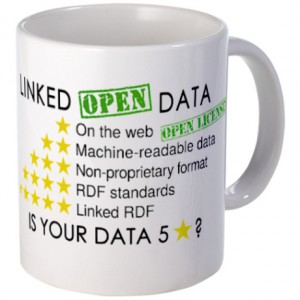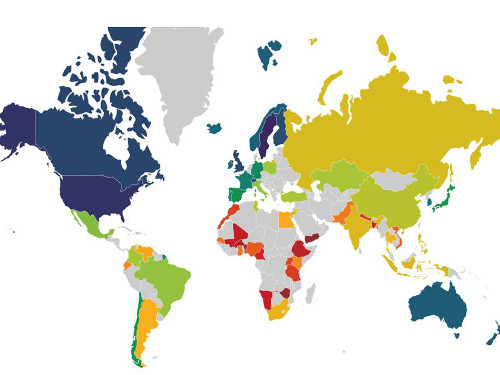My dear wife Amy, dear friend Julie and I paid our first visit to the wonderful Princeton University Museum of Art on December 31st. And, in what has to be the most bizarre and serendipitous event (not in any way the most important event!) in my blessed life, I found my ugly face in a work of art!
We came across the piece by artist Joan Fontcuberta titled “Googlegram: Niépce”. The work uses 10s of thousands of images from the Web to form a representation of the earliest surviving photograph, Nicéphore Niépce’s View from the Window at Le Gras (1826).
The miraculous part …
1. A tiny photo of me taken in 2001 while in Vienna was used (see above, where I point to the location, and below for an enlargement). [read on]
Read more







